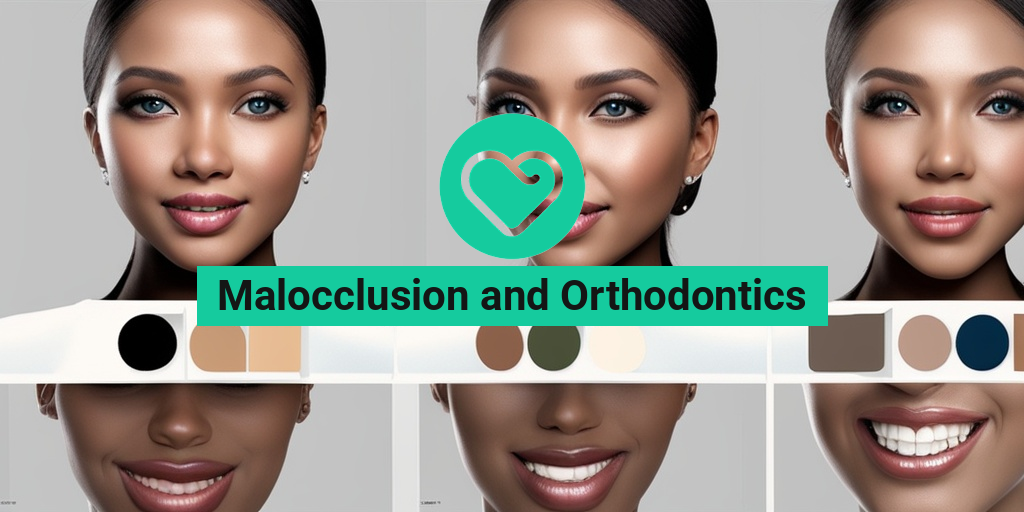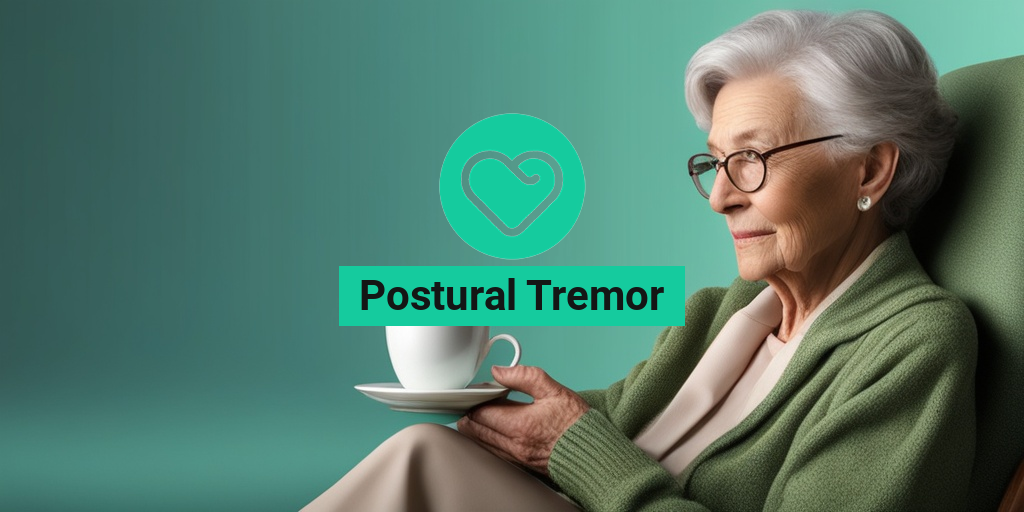What is Malocclusion?
Malocclusion is a common dental issue that affects millions of people worldwide. But what exactly is malocclusion, and how does it impact our oral health? 🤔
Malocclusion refers to a misalignment or incorrect relation between the upper and lower teeth. This can occur due to various reasons, including genetics, thumb-sucking, or other habits that affect the development of the teeth and jaw. When the teeth are not aligned properly, it can lead to a range of issues, from aesthetic concerns to functional problems that affect our ability to chew, speak, and even breathe. 👅
In some cases, malocclusion can be a minor issue that only affects the appearance of the teeth. However, in more severe cases, it can lead to serious oral health problems, such as tooth wear, gum recession, and even temporomandibular joint (TMJ) disorders. 🤕
Fortunately, malocclusion can be treated with orthodontics, which involves the use of braces, aligners, or other appliances to move the teeth into their correct positions. By correcting malocclusion, individuals can improve their oral health, boost their confidence, and enjoy a better quality of life. 💫
Types of Malocclusion
Malocclusion is a broad term that encompasses various types of misalignments. Here are some of the most common types of malocclusion:
Class I Malocclusion
In a Class I malocclusion, the upper and lower teeth are aligned, but the bite is off. This is the most common type of malocclusion and can be treated with orthodontics. 📈
Class II Malocclusion
In a Class II malocclusion, the upper teeth and jaw are more forward than the lower teeth and jaw. This type of malocclusion can be treated with orthodontics, but in some cases, may require surgical intervention. 🏥
Class III Malocclusion
In a Class III malocclusion, the lower teeth and jaw are more forward than the upper teeth and jaw. This type of malocclusion can be more challenging to treat and may require a combination of orthodontics and surgery. 💪
Other types of malocclusion include crossbite, overbite, and open bite, each with its unique characteristics and treatment options. 🤝
At Yesil Health AI (yesilhealth.com), we understand the importance of accurate and evidence-based information when it comes to oral health. If you’re concerned about malocclusion or orthodontics, our AI-powered platform can provide you with personalized answers and guidance. 💻
Remember, malocclusion is a common issue that can be treated with the right approach. By understanding the different types of malocclusion and seeking professional help, you can achieve a healthier, more confident smile. 😊
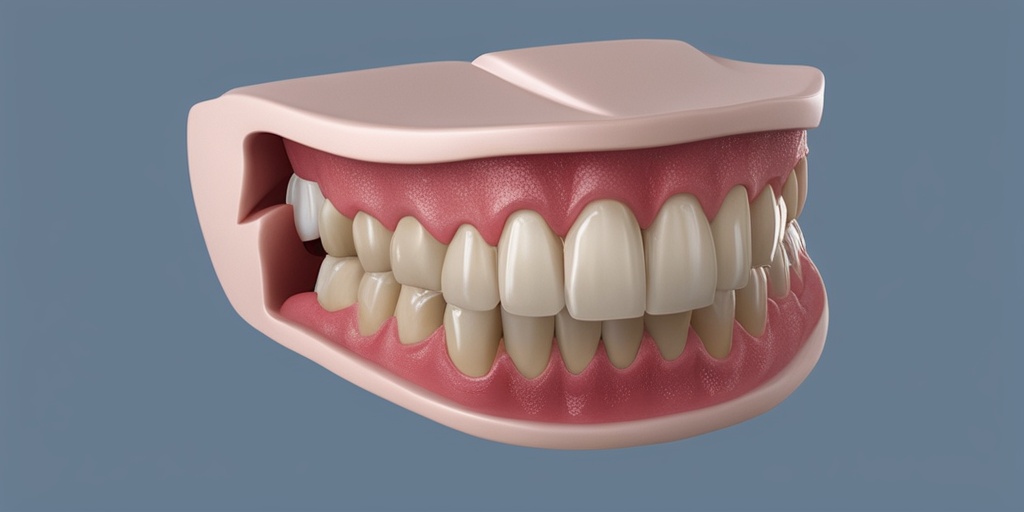
Causes of Malocclusion
Malocclusion, a misalignment of the teeth and jaws, can be caused by a combination of genetic and environmental factors. Understanding the causes of malocclusion is crucial in determining the best course of orthodontic treatment. Let’s dive into the common causes of malocclusion:
Genetic Factors
Inherited traits can play a significant role in the development of malocclusion. For instance, if your parents have a history of malocclusion, you may be more likely to experience it as well. Genetic factors can affect the size and shape of the jaw, teeth, and facial structure, leading to malocclusion.
Habits and Environmental Factors
Certain habits and environmental factors can contribute to malocclusion. These include:
- Thumb-sucking or pacifier use: Prolonged thumb-sucking or pacifier use can push the front teeth forward, leading to an overbite or crossbite.
- Tongue-thrusting: This habit can cause the front teeth to become misaligned, resulting in an overbite or open bite.
- Early loss of baby teeth: Losing baby teeth too early can cause the permanent teeth to come in crooked or overcrowded.
- Jaw injuries or trauma: A blow to the jaw or face can cause the jaw to become misaligned, leading to malocclusion.
Other Factors
Other factors that can contribute to malocclusion include:
- Abnormal tooth eruption: Teeth that erupt in the wrong position can lead to malocclusion.
- Jaw size discrepancies: A mismatch between the size of the upper and lower jaws can cause malocclusion.
- Tumors or cysts: Growths in the jaw or mouth can cause teeth to become misaligned.
Symptoms of Malocclusion
Malocclusion can manifest in various ways, and its symptoms can range from mild to severe. Here are some common symptoms of malocclusion:
Oral Symptoms
Teeth that are crowded, overlapping, or crooked are common symptoms of malocclusion. You may also experience:
- Difficulty chewing or biting food
- Pain or discomfort in the jaw, face, or teeth
- Clicking or popping sounds when opening or closing the jaw
Facial and Jaw Symptoms
Malocclusion can also affect the overall appearance of your face and jaw. You may notice:
- Asymmetrical facial features
- Jaw pain or tenderness
- Difficulty opening or closing the jaw
Other Symptoms
In some cases, malocclusion can lead to:
- Headaches or migraines
- TMJ (temporomandibular joint) disorders
- Difficulty speaking or enunciating
🤔 Understanding the causes and symptoms of malocclusion is crucial in determining the best course of orthodontic treatment. If you’re experiencing any of these symptoms, consult with an orthodontist to determine the best course of action for your unique situation.
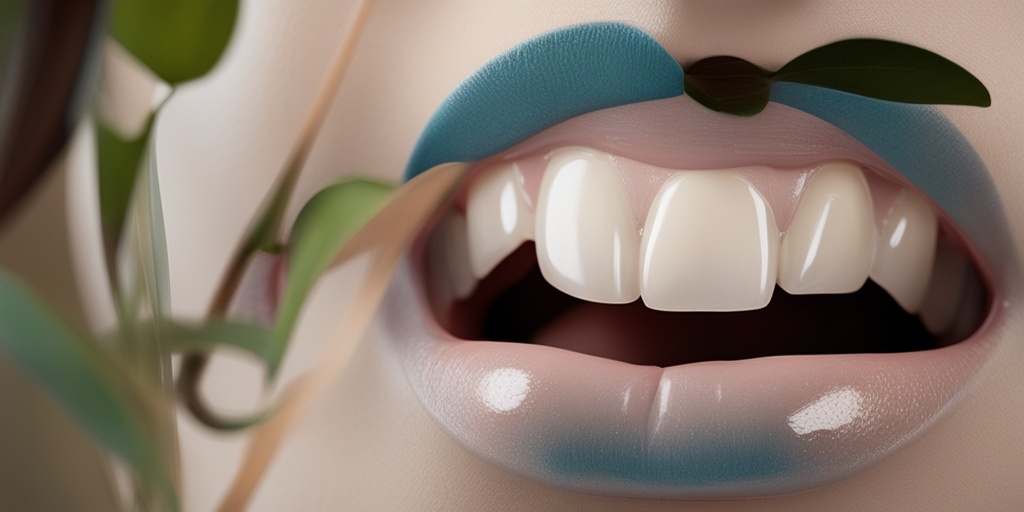
How Malocclusion Affects Oral Health
Malocclusion, a condition where the teeth are not properly aligned, can have a significant impact on oral health. When the teeth and jaw are not in harmony, it can lead to a range of issues that can affect not only the teeth and gums but also overall health. In this article, we’ll explore how malocclusion affects oral health and why orthodontic treatment is essential for correcting this condition.
The Consequences of Malocclusion
Malocclusion can lead to a range of oral health issues, including:
- Tooth Wear and Tear: When teeth are not properly aligned, they can rub against each other, causing wear and tear on the enamel. This can lead to sensitivity, pain, and even tooth loss.
- Gum Disease: Malocclusion can make it difficult to clean teeth properly, leading to a buildup of plaque and tartar, which can cause gum disease.
- Jaw Pain and TMJ Disorders: A misaligned bite can put strain on the jaw joint, leading to pain, clicking, and locking of the jaw.
- Difficulty Chewing and Digestion: When teeth are not properly aligned, it can make it difficult to chew food properly, leading to digestive issues.
The Impact on Overall Health
Malocclusion can also have a broader impact on overall health. For example:
- Respiratory Issues: A misaligned bite can lead to breathing difficulties, as the airway can be restricted.
- Headaches and Migraines: The strain on the jaw joint can lead to headaches and migraines.
- Low Self-Esteem: Malocclusion can affect self-confidence and self-esteem, particularly in children and teenagers.
Orthodontic Treatment for Malocclusion
Fortunately, orthodontic treatment can correct malocclusion and alleviate the associated oral health issues. Orthodontic treatment involves the use of appliances, such as braces or clear aligners, to gradually move the teeth into their correct position.
Types of Orthodontic Treatment
There are several types of orthodontic treatment available, including:
- Traditional Braces: Metal or ceramic brackets and wires that are attached to the teeth to move them into position.
- Clear Aligners: Removable, clear plastic trays that are custom-made to fit the teeth and move them into position.
- Invisalign: A type of clear aligner that is virtually invisible.
The Benefits of Orthodontic Treatment
Orthodontic treatment can have a range of benefits, including:
- Improved Oral Health: Correcting malocclusion can reduce the risk of tooth wear, gum disease, and other oral health issues.
- Boosted Confidence: A straight, healthy smile can boost self-confidence and self-esteem.
- Improved Digestion: Correcting malocclusion can make it easier to chew and digest food.
By understanding the impact of malocclusion on oral health and the benefits of orthodontic treatment, individuals can take the first step towards a healthier, happier smile 😊.
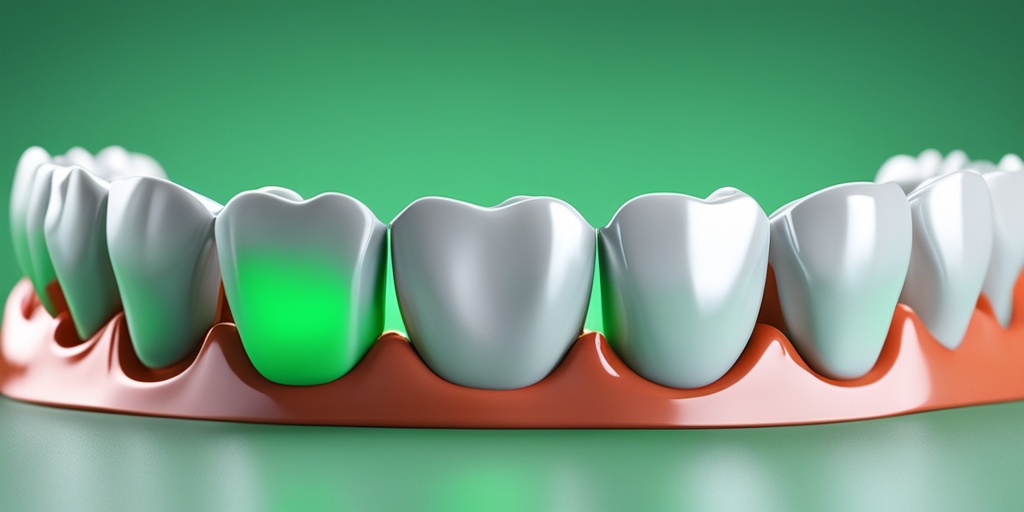
Benefits of Early Orthodontic Intervention
Malocclusion, a condition where the teeth are misaligned, can lead to a range of oral health issues, from tooth decay and gum disease to speech difficulties and low self-esteem. Early orthodontic intervention can make a significant difference in preventing these problems and ensuring a healthy, beautiful smile for years to come.
Identifying Malocclusion in Children
Malocclusion can be identified in children as early as 6-7 years old. Early detection is crucial, as it allows for timely intervention and correction. Orthodontists recommend that children visit an orthodontist by the age of 7 to assess their oral development and identify any potential issues.
Preventing Complications
Early orthodontic intervention can prevent a range of complications associated with malocclusion, including:
- Speech difficulties: Misaligned teeth can affect pronunciation and articulation, making it difficult for children to communicate effectively.
- Tooth decay and gum disease: Overlapping teeth create areas where food particles and bacteria can accumulate, leading to oral health issues.
- Low self-esteem: Malocclusion can affect a child’s confidence and self-esteem, making them feel self-conscious about their smile.
Benefits of Early Treatment
Early orthodontic intervention offers numerous benefits, including:
- Improved oral health: Early treatment helps prevent oral health issues and promotes good oral hygiene habits.
- Enhanced aesthetics: Straight teeth and a well-aligned bite can boost a child’s confidence and self-esteem.
- Reduced treatment time: Early intervention can reduce the duration of orthodontic treatment, making it more efficient and cost-effective.
Adult Orthodontics for Malocclusion Correction
While early intervention is ideal, it’s never too late to correct malocclusion. Adult orthodontics offers a range of treatment options for adults seeking to improve their oral health and aesthetics.
Why Adults Seek Orthodontic Treatment
Adults may seek orthodontic treatment for various reasons, including:
- Correcting malocclusion to improve oral health and prevent related issues.
- Enhancing the appearance of their smile for personal or professional reasons.
- Addressing discomfort or pain associated with a misaligned bite.
Treatment Options for Adults
Adult orthodontics offers a range of treatment options, including:
- Traditional braces: Metal or ceramic braces that are customized to correct malocclusion.
- Invisible aligners: Clear, removable aligners that gradually move teeth into position.
- Lingual braces: Braces attached to the back of teeth, offering a discreet treatment option.
Adult orthodontics can significantly improve oral health, aesthetics, and overall quality of life. With advanced technology and a range of treatment options, there’s never been a better time to correct malocclusion and achieve a healthy, beautiful smile. 💫

Frequently Asked Questions about Malocclusion and Orthodontics
Get answers to your most pressing questions about malocclusion and orthodontics.
What is Malocclusion?
Malocclusion refers to a misalignment of the teeth and jaws, which can affect the overall appearance and function of your smile. It can be caused by a variety of factors, including genetics, thumb-sucking, and tooth loss.
What are the Types of Malocclusion?
There are three main types of malocclusion:
- Class I Malocclusion: A mild misalignment of the teeth, where the upper and lower teeth overlap slightly.
- Class II Malocclusion: A moderate misalignment of the teeth, where the upper teeth overlap the lower teeth significantly.
- Class III Malocclusion: A severe misalignment of the teeth, where the lower teeth overlap the upper teeth.
How Do Braces Correct Malocclusion?
Braces work by applying gentle pressure to the teeth, gradually moving them into their correct position. This can help to correct malocclusion by:
- Improving the alignment of the teeth
- Enhancing the overall appearance of the smile
- Improving oral function and reducing the risk of dental problems
Can Braces Cause Malocclusion?
No, braces are designed to correct malocclusion, not cause it. However, if the orthodontic treatment is not planned and executed properly, it can lead to complications and potentially worsen the malocclusion.
How Long Do You Wear Braces for Crossbite?
The duration of orthodontic treatment for crossbite can vary depending on the severity of the case and the type of treatment chosen. On average, treatment can last anywhere from 12 to 24 months.
What is Camouflage Orthodontics?
Camouflage orthodontics refers to a type of orthodontic treatment that focuses on improving the appearance of the teeth and smile without surgically correcting the underlying skeletal issues. This approach is often used for patients who do not want to undergo jaw surgery.
Can Orthodontics Correct Bite?
Yes, orthodontics can correct bite issues by realigning the teeth and jaws to improve the overall function and appearance of the smile.
What is the Airway-Centric Craniofacial Adaptation Theory?
The Airway-Centric Craniofacial Adaptation Theory suggests that the development and growth of the craniofacial complex are influenced by the airway and breathing patterns. This theory has implications for orthodontic treatment and the correction of malocclusion.
Still have questions about malocclusion and orthodontics? Consult with an orthodontist to get personalized advice and treatment. 🦷

